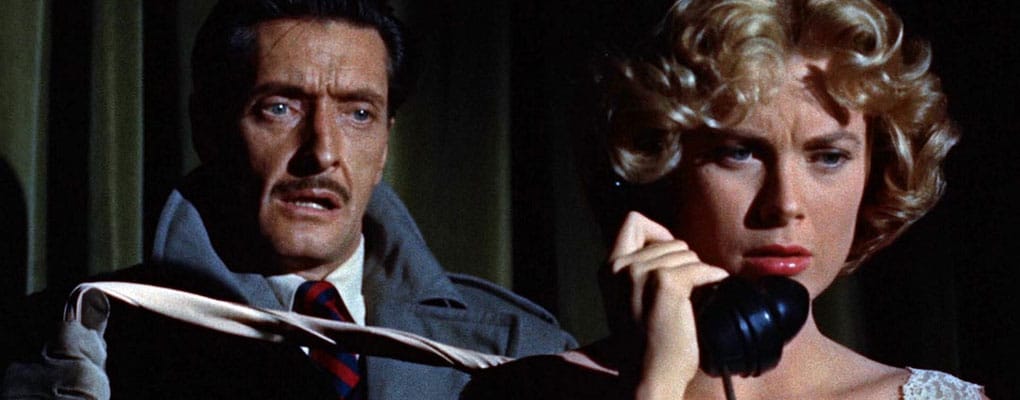Features
Peter Swanson: ten movies that inspired my writing
As a thriller writer, I get much of my inspiration from reading and watching movies. I guess I simply just don’t know enough murderers and sociopaths in my real life. The following films are some favorites that have all, in one way or another, inspired my own writing.
The 39 Steps (Alfred Hitchcock, 1935)
The ultimate innocent-man-on-the-run film. It really hasn’t been topped, although Hitchcock tried with North by Northwest. It inspired my love of plots that involve ordinary people in extraordinary situations.
Only Angels Have Wings (Howard Hawkes, 1939)
An adventure film that plays out like a romantic comedy. What I love most is how the secondary characters (and there are many of them) get as much love from the filmmakers as Cary Grant’s and Jean Arthur’s characters.
Dial M for Murder (Alfred Hitchcock, 1954)
Adapted from a stage play, this is a master class in how to build suspense through dialogue. And Ray Milland’s murderous husband is one of my favorite villains—dapper and polite all while he plots to have his wife killed.
Rosemary’s Baby (Roman Polanski, 1968)
Don’t underestimate a good creepy location for your suspense story. The Dakota, with its spires and gargoyles, is as much a character as the young married couple that gets manipulated by a coven of Satan worshipers.
Play Misty for Me (Clint Eastwood, 1971)
The original Fatal Attraction is a great example of a slow-burn thriller. A casual encounter between a California radio personality and his fan turns awkward, then threatening, then terrifying.
Jaws (Steven Spielberg, 1975)
The fictional Amity Island is so fleshed out with real people, not to mention one of the great everyman heroes in Chief Brody, that the vengeful, almost supernatural shark seems frighteningly real as well.
Deathtrap (Sidney Lumet, 1982)
This film about writers, adapted from Ira Levin’s suspenseful and funny play, has some of the best twists and turns in any thriller. And it’s all done in one house with three main characters.
Witness (Peter Weir, 1985)
The setting and love story are so good in this movie that a huge chunk of the film gets away without having much happen in the thriller plot. It’s all due to excellent characterization and world-building.
Miller’s Crossing (Joel and Ethan Coen, 1990)
Intricate, off-the-charts dialogue elevates this violent 1930s gangster film into another realm. Tom Regan, the flawed, alcoholic protagonist (beautifully played by Gabriel Byrne) is an Irish poet in a world of grifters, gun molls, and goons.
The Others (Alejandro Amenabar, 2001)
A chilling ghost story that saves its best surprises for the very last act. A film that taught me that storytelling is all about perspective—who is telling the story is just as important as what the story is.



Please note: Moderation is enabled and may delay your comment being posted. There is no need to resubmit your comment. By posting a comment you are agreeing to the website Terms of Use.